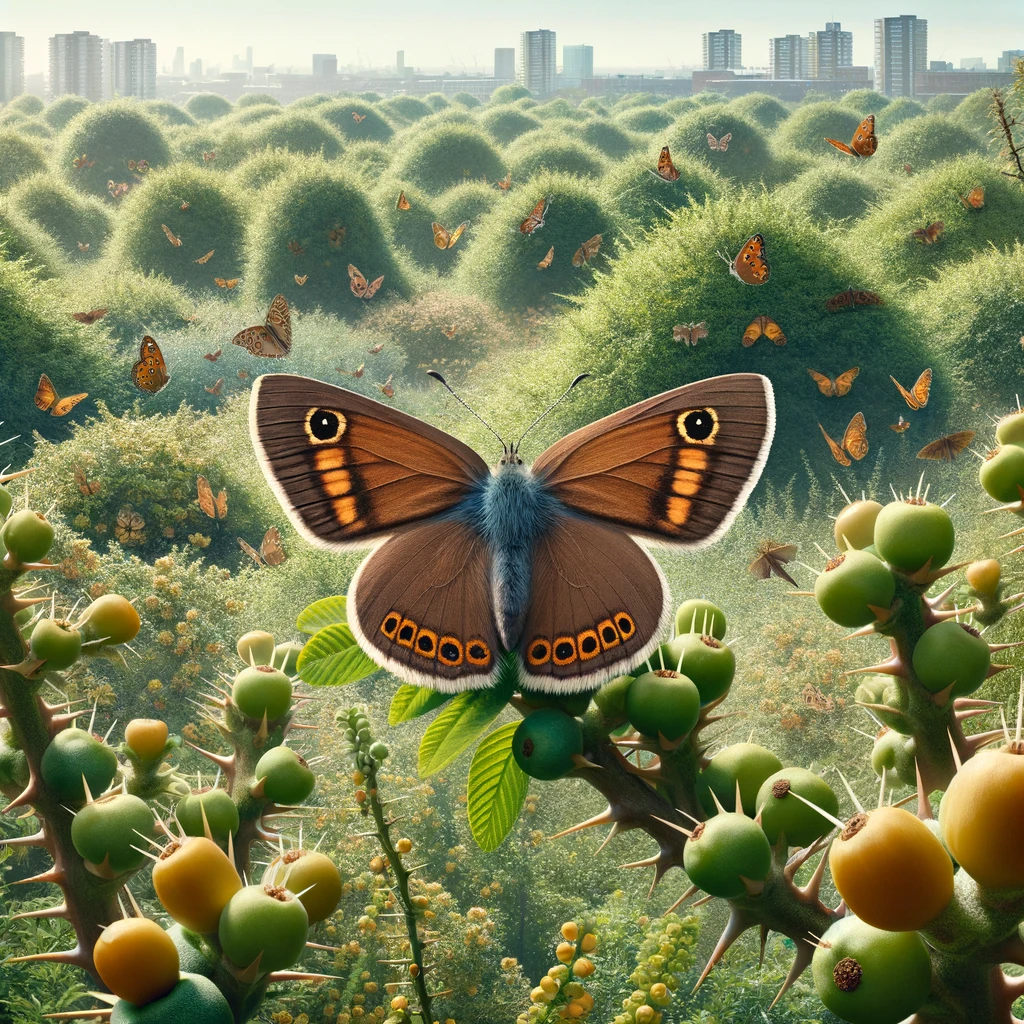The Brown Hairstreak butterfly, scientifically known as Thecla betulae, is one of Britain’s rarest species of butterfly. However, recent sightings show it is making a quiet yet significant comeback across London and surrounding regions, marking an important resurgence in urban and semi-urban environments. This elusive butterfly, recognized for its distinctive brown wings and small ‘tails’ protruding from the hindwings, is a species of conservation priority in the UK, protected under the Wildlife and Countryside Act, 1981.
The Brown Hairstreak in London
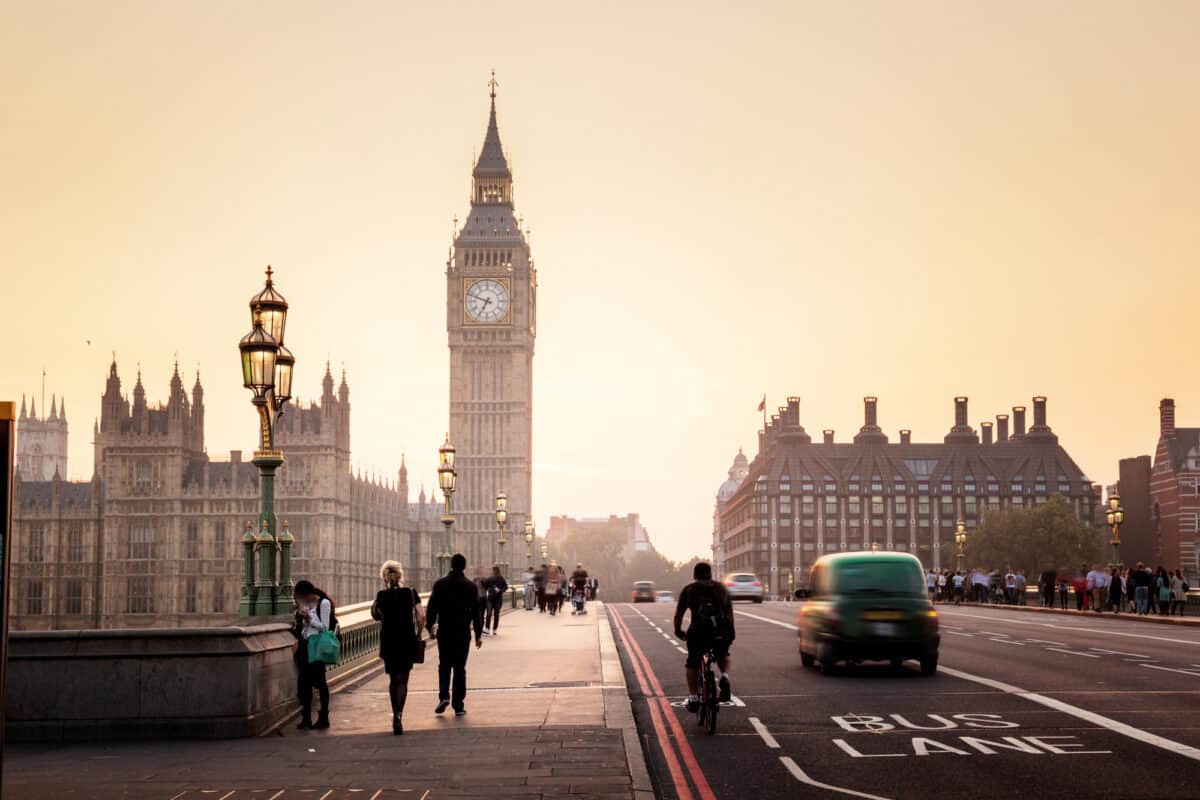
Historically, the Brown Hairstreak has been challenging to spot due to its elusive nature, often residing high in the treetops or amidst thick hedges. The butterfly’s preference for blackthorn as a laying site for its conspicuous round, white eggs further ties its fate to the presence of this shrub in the landscape. Recent efforts to track and map the species reveal an expansion in its range within the London Borough of Bromley and beyond, signifying an adaptive stride in urban environments.
Citizen Science
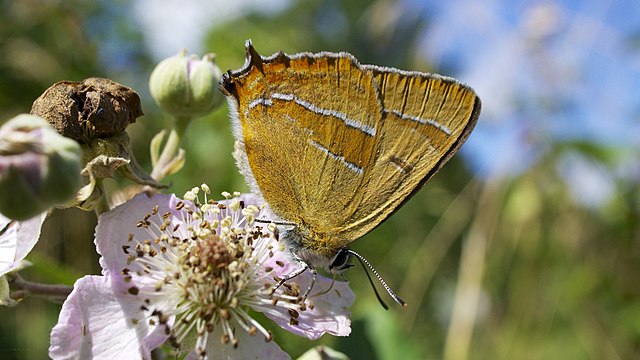
The resurgence of the Brown Hairstreak in London owes much to the dedication of citizen scientists and conservationists who have painstakingly documented its presence. Sharp-eyed volunteers have discovered its minuscule white eggs in several new locations across London, from Putney to Wimbledon Park, and in more urbanized areas such as Wormwood Scrubs and Margravine Cemetery in Hammersmith. This expansion is attributed partly to climate change and the adaptation of the species to evolving urban ecosystems.
Conservation Efforts for the Brown Hairstreak
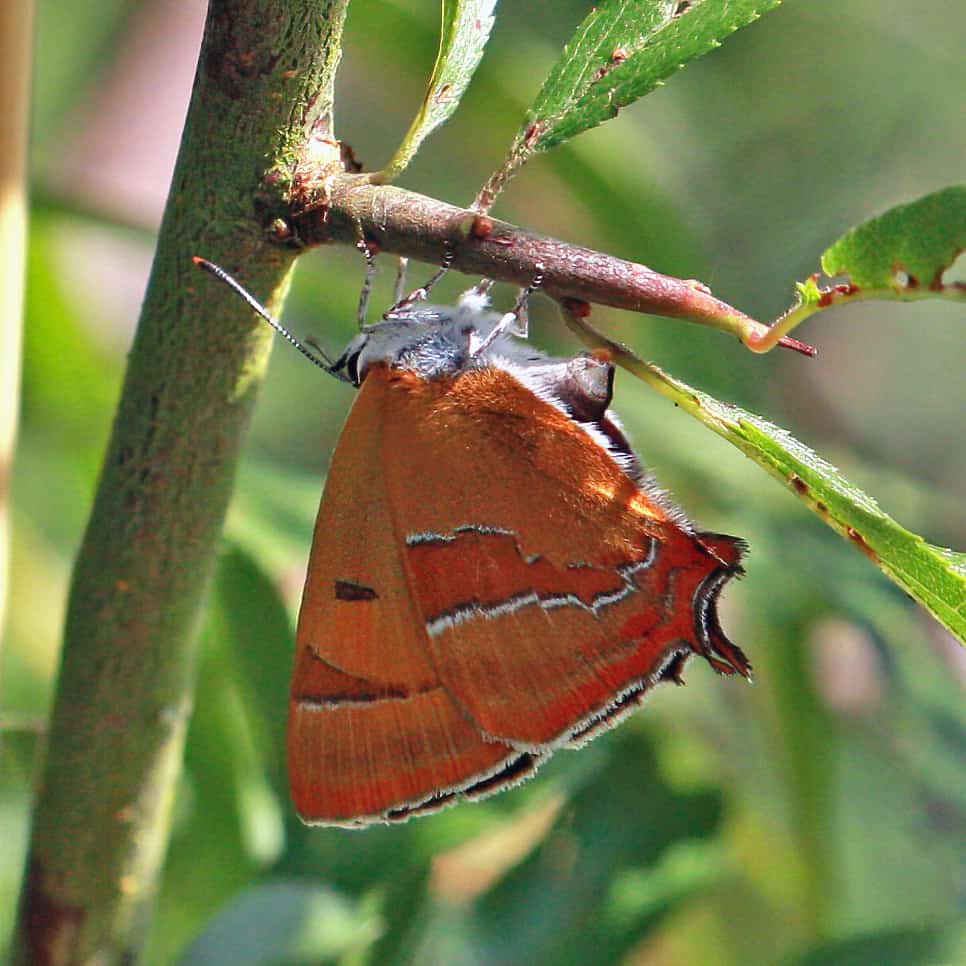
For the Brown Hairstreak to continue thriving, conservation efforts focus on the management of blackthorn hedges, advocating for less frequent cutting to allow more eggs to survive. The discovery of the Brown Hairstreak in new locales has sparked a broader conversation about urban biodiversity and the need for habitat preservation within city landscapes.
London’s Green Haven
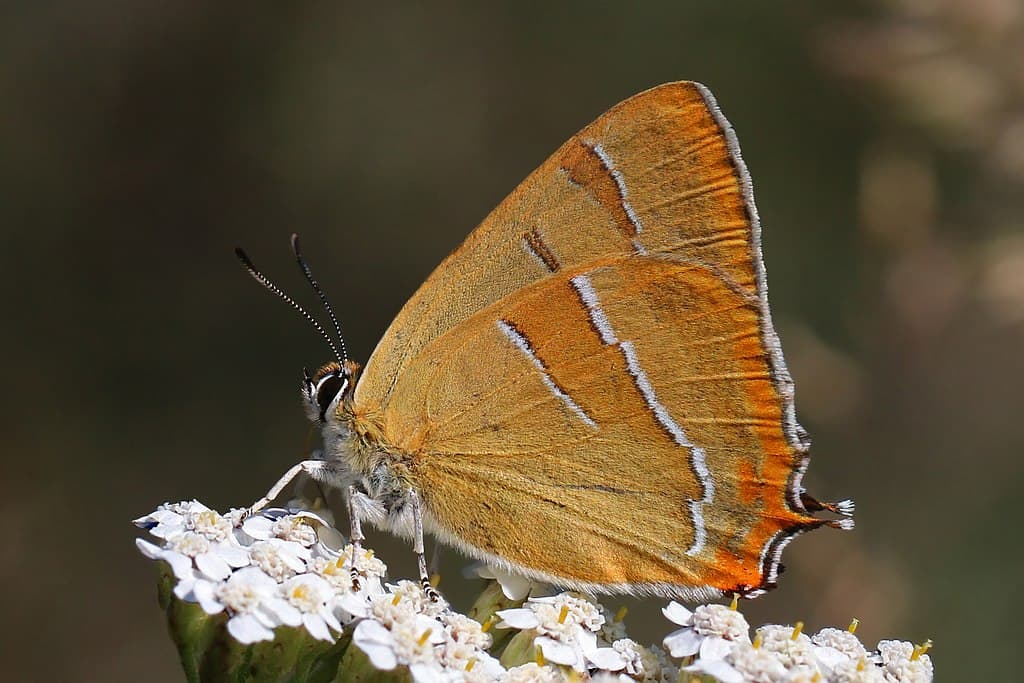
London’s substantial green spaces, which provide vital habitats for a wide range of wildlife, including the Brown Hairstreak, are a testament to the city’s potential as a sanctuary for biodiversity. The resurgence of this rare butterfly highlights the importance of these urban green spaces in supporting conservation efforts and promoting ecological diversity.
Looking Forward
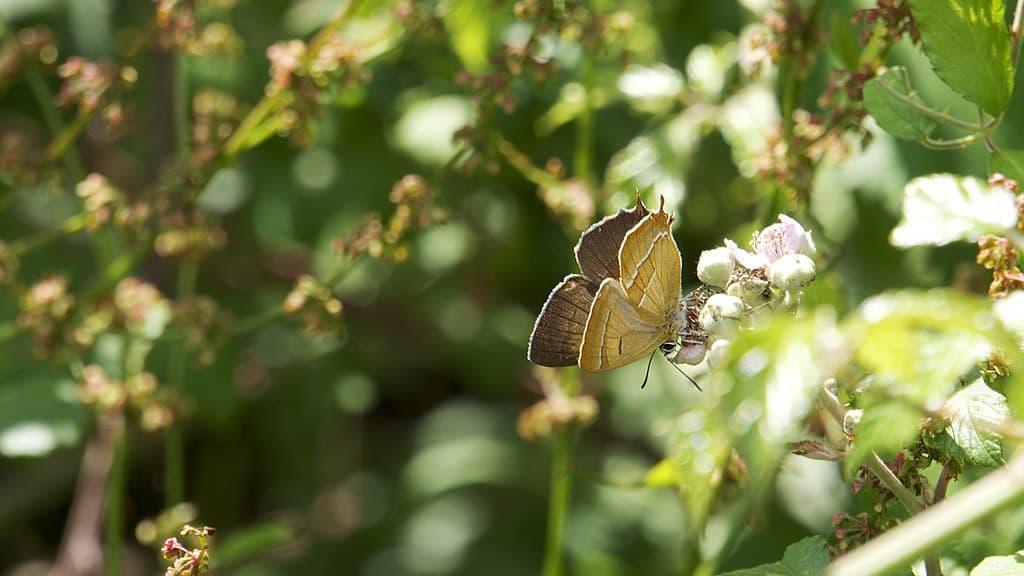
The return of the Brown Hairstreak to London is a positive indicator of the health of the city’s green spaces and the effectiveness of conservation strategies. As London continues to evolve, the balance between urban development and the preservation of natural habitats will be crucial in ensuring that species like the Brown Hairstreak can not only survive but flourish.
This narrative of the Brown Hairstreak’s return to London is a compelling example of how urban areas can contribute to conservation efforts and biodiversity recovery. It highlights the importance of citizen science, the impact of climate change on wildlife distribution, and the critical role of habitat management in the conservation of species at risk.
What do you think about the Brown Hairstreak butterfly? Leave a comment below.
Thank you for following along with this article – Brown Hairstreak: The Rare Butterfly That Is Recolonizing London.
You may also like:
- Decline in California’s Western Monarch Butterfly Population
- The Remarkable Monarch Butterfly Migration
- This Butterfly Disguises Itself as a Snake to Outwit its Predators
Join our Forum for free today!

- Shocking Survey Results of only 718 Snow Leopards Identified in India - July 18, 2024
- Do Octopuses Punch Fish For No Reason? - July 5, 2024
- Brave Farm Animals Save Chicken Friend FromHawk - June 30, 2024

